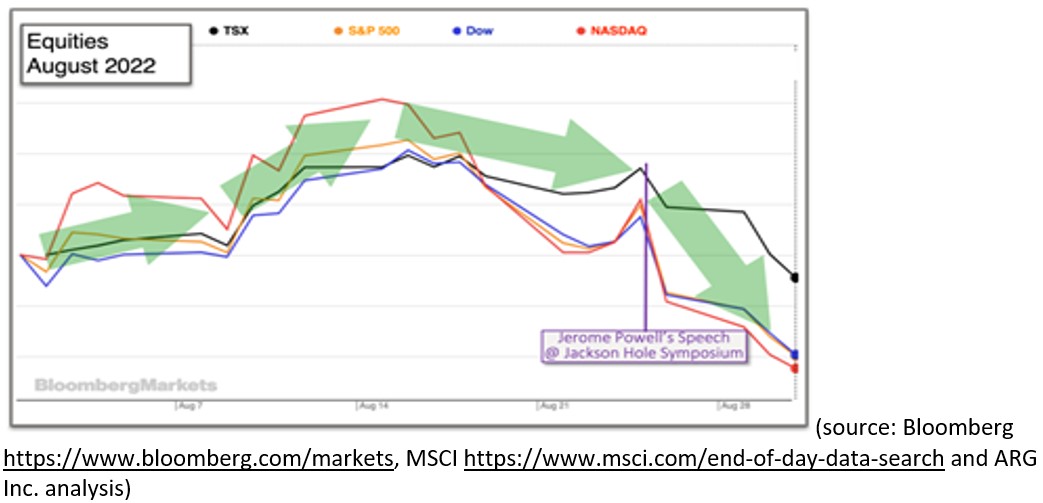By providing your email address, you provide us with your express consent to send you commercial electronic messages related to finances and/or investments that maybe of interest to you. Should you wish to discontinue receiving emails of this nature, you may contact us to withdraw your consent at any time. Your personal information will not be distributed, sold, or traded – it will remain strictly confidential and will only be used for the purpose for which it was provided. For more information on Assante’s commitment to privacy and responsible use of information, please visit www.assante.com/privacy-policy.
About the Author
Brant Financial Group has been in business for over 30 years. Their advisors are committed to their clients helping them to achieve their financial goals.
This material is provided for general information only and should not be considered or relied upon as individual investment, tax, accounting, or legal advice. Before acting on any of the information presented, please obtain professional advice in the context of your particular circumstances. Assante Capital Management Ltd. is a Member of the Canadian Investor Protection Fund and the Canadian Investment Regulatory Organization.


